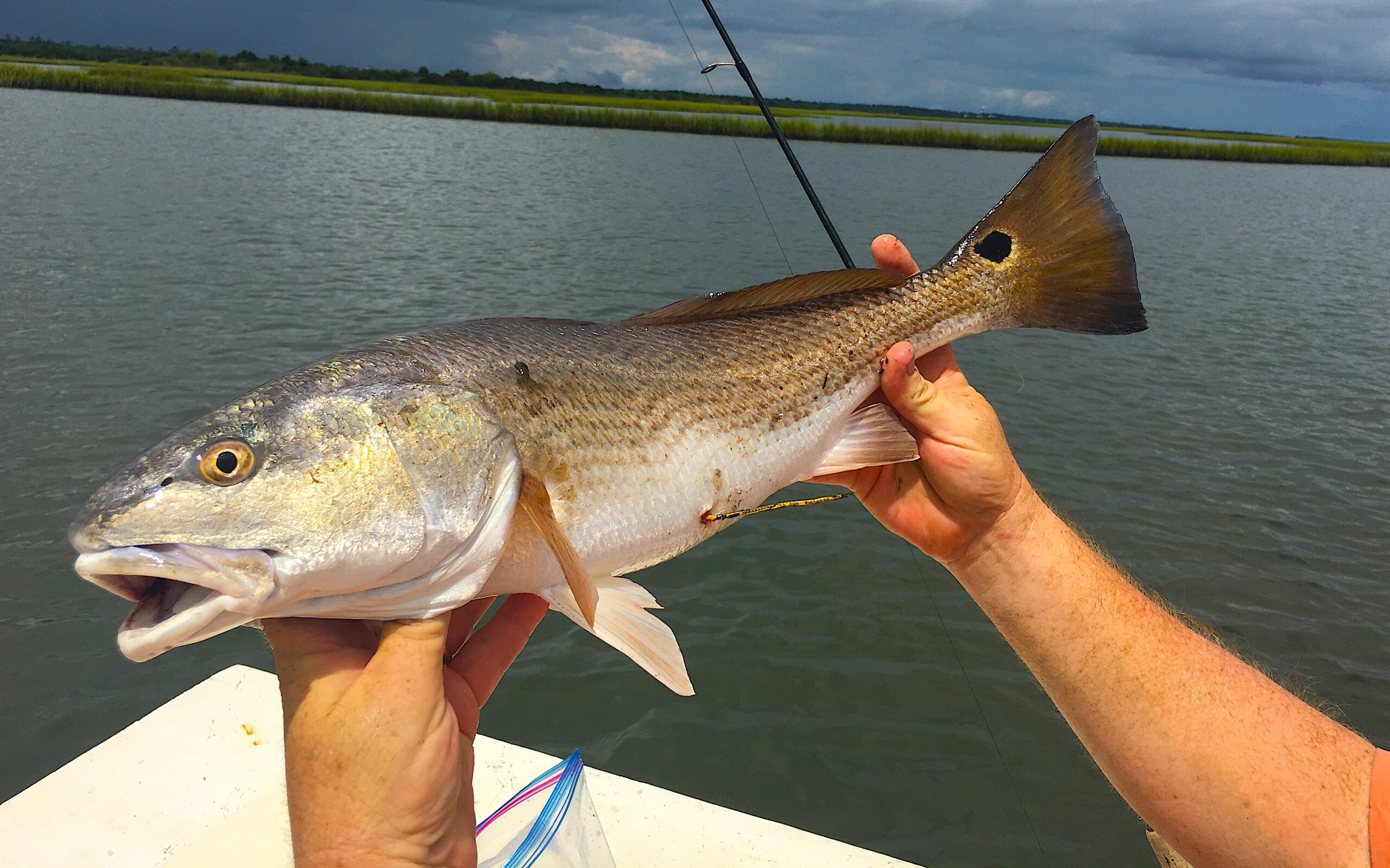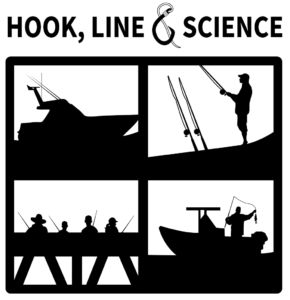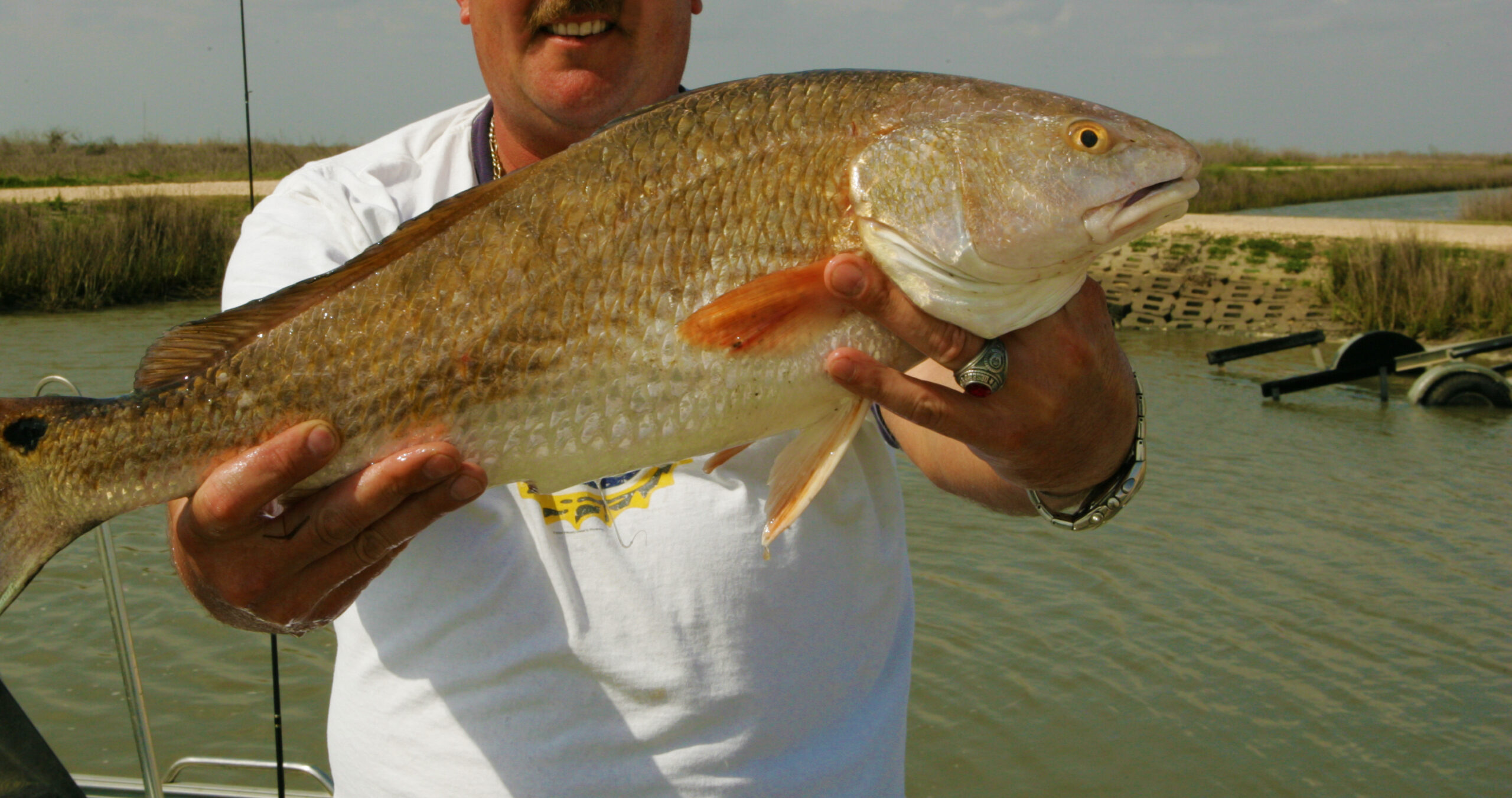You Caught a Tagged Fish – Now What?

Report it and claim your reward.
As a marine fisheries biologist, there are two common questions I get asked regarding North Carolina’s Tagging Program: “Why do researchers tag fish?” and “What do I do if I catch a tagged fish?”
Why do researchers tag fish?
Fish tagging programs are an important tool in the management and assessment of fish populations. Tagging can provide a wealth of information about migration patterns, habitats, and the mortality rates of fish. Data from tagging studies complements stock assessments and helps fisheries biologists determine the most appropriate management tools for maintaining healthy and sustainable fisheries.
In 2014, the N.C. Division of Marine Fisheries (NCDMF) established the Multi-species Tagging Program. Currently, NCDMF tags five marine finfish species: striped bass, red drum, spotted seatrout, southern flounder, and cobia. Over 15,000 fish are tagged each year in North Carolina’s coastal inland and nearshore waters, from the Virginia border to the South Carolina border.
What do I do if I catch a tagged fish?
It’s simple: catch, cut, report.
If you’re fishing in North Carolina’s coastal waters and CATCH a tagged fish, CUT off the tag, and REPORT the tag by phone 1-800-682-2632 or online. By reporting the tag and information about your fish, you become eligible to receive an NCDMF reward packet.
The NCDMF uses two tag colors: yellow and red. Anglers who catch a fish with a yellow tag marked “NCDMF” are eligible to receive a reward of $5, a hat, a fish towel, or a fish pin. Some fish may have two tags, so anglers should check both sides of the fish. Two tags means double the reward!
Anglers who catch a fish with a red tag marked “NCDMF” are eligible for a $100 reward. To receive the $100 reward, you must cut off the red tag and mail it to:
N.C. Division of Marine Fisheries
P.O. Box 769
Morehead City, NC 28557
To ensure the tag does not get lost in the mail, please tape the tag to a sheet of paper, and write your name, address, and phone number on the paper.
When reporting a tagged fish, you will also need to provide the following information about the catch: species, tag number, date, location captured (waterbody and nearest landmark or latitude/longitude), total length, whether you kept or released the fish, and the gear used for capture. Anglers are allowed to harvest tagged fish, as long as the fish meets the specified fishing regulations (e.g., size and bag limits, etc.).
After reporting your tagged fish, you’ll receive a reward packet containing a letter with information about the fish, a personalized certificate with a map showing your fish’s original tagging location and where you recaptured it, and the reward.
On average, the North Carolina Tagging Program receives over 600 reported tag returns each year. All participants who report a tagged fish are entered into an annual drawing to receive an additional $100 reward at the end-of-the-year.
The success of any tagging program depends on participation from the angling community, and we want to THANK YOU for reporting your tagged fish and actively participating in fisheries research.

By Ami Staples (above), tagging biologist for the NCDMF Multi-Species Tagging Program. Ami has worked for the Division since 2015. She received her B.S. in Fisheries and Wildlife Management and M.S. in Forest Resources from the University of Georgia. She specializes in science communication and environmental education, and she is a published author and illustrator.
lead photo: fish with a DMF tag, courtesy of Ami Staples/NCDMF.
The text from Hook, Line & Science is available to reprint and republish at no cost, but only in its entirety and with this attribution: Hook, Line & Science, courtesy of Scott Baker and Sara Mirabilio, North Carolina Sea Grant.

- Categories:



